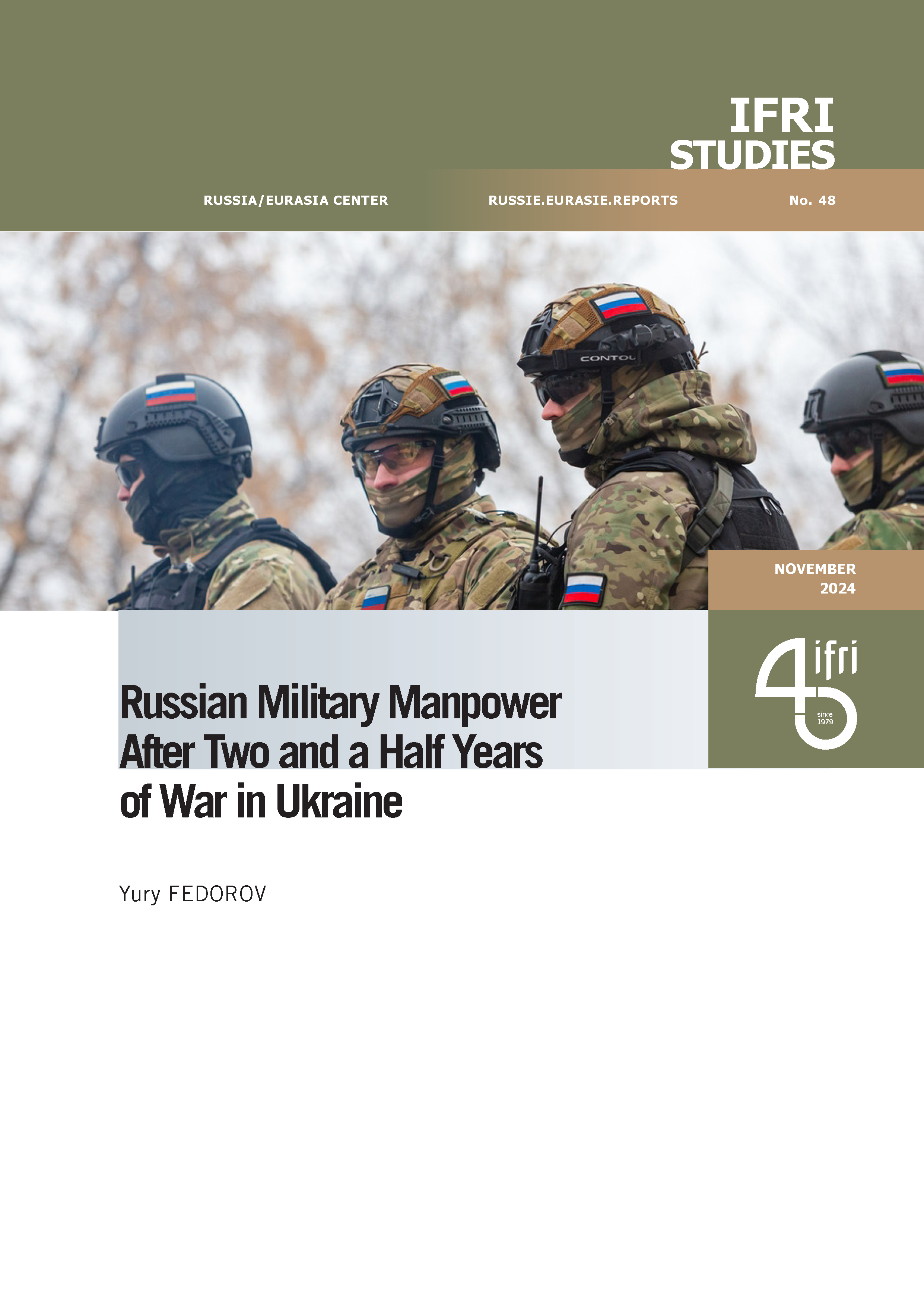Russian Military Manpower After Two and a Half Years of War in Ukraine

In addition to a military victory in Ukraine, the Russian leadership is planning to build up sizable troop formations for a possible conflict with NATO in the Baltic region and the Kola Peninsula. In particular, current plans aim for the military manpower to grow by about 350,000, reaching a total of 1.5 million soldiers and commanders. In the context of the current conflict in Ukraine, this cannot be accomplished without a new wave of mass mobilization.

The irrecoverable personnel losses per month of about 30,000 soldiers in 2024 are about equivalent to the influx of contract soldiers and volunteers, constituting the combat-capable core of the Russian military manpower over the same period. In turn, the implementation of this new wave of mobilization is being postponed due to the Kremlin’s concerns about potentially negative domestic political consequences, as well as the lack of command personnel and weapons for new units. By and large, the longer the war in Ukraine lasts, the more the Russian military machine deteriorates. Consequently, by providing Ukraine with the necessary assistance to continue the war, the West is weakening Russia’s military potential and increasing the time required for it to recover its armed forces after the war. Yet, the pressure of the war on Ukrainian society and its political system may cause a political crisis with unpredictable domestic and international outcomes.
Dr. Yury Fedorov is a PhD-holding author and expert on Russian Politics and Military Affairs. He worked at the Institute for US and Canada Studies and the Institute for World Economy and International Affairs, both based in Moscow. He spent several years teaching at the Moscow Institute for International Relations as a Professor. After leaving Russia in 2006, Yury Fedorov has lived in Europe, where he began by serving as a researcher at Chatham House in the United Kingdom. Since 2008, he has worked as a journalist in the Czech Republic. He is a member of the Czech Republic’s Syndicate of Journalists and author of the Radio Svoboda Russian Service. His recent publications include his last book, The Ukrainian Front of the Third World War (2024).

Available in:
Themes and regions
ISBN / ISSN
Share
Download the full analysis
This page contains only a summary of our work. If you would like to have access to all the information from our research on the subject, you can download the full version in PDF format.
Russian Military Manpower After Two and a Half Years of War in Ukraine
Related centers and programs
Discover our other research centers and programsFind out more
Discover all our analysesThe Caspian Sea as an Emerging Energy Hub : Potentials and Limitations
This report analyzes the prospects of the Caspian Sea region — and its key actors except for Russia and Iran — becoming an important energy hub serving the needs of the European Union (EU).
The European Union's Strategic Test in Georgia
The political crisis brewing in Georgia is of an existential nature for the country. What is at stake is Georgia's future as a democratic and sovereign European nation (EU).
Commanders of Putin's Long War: Purged, Reshuffled and Disgruntled
The trend of reshuffling the Russian top military command in the course of a fast-evolving and far from successful war has progressed unevenly both across the Armed Forces’ structures and in time. The rationale for and timing of the abrupt cadre decisions made by Commander-in-Chief Putin often defy logical explanation, and the rare official clarifications are no more informative than the usual information blackout.
Moldova’s Foreign Policy after 2024 Presidential Elections: Staying on the EU Path, Moving Eastwards or Becoming Multi-vector?
The future of Moldova’s foreign agenda will undergo a stress test during the upcoming presidential elections on October 20, 2024.










